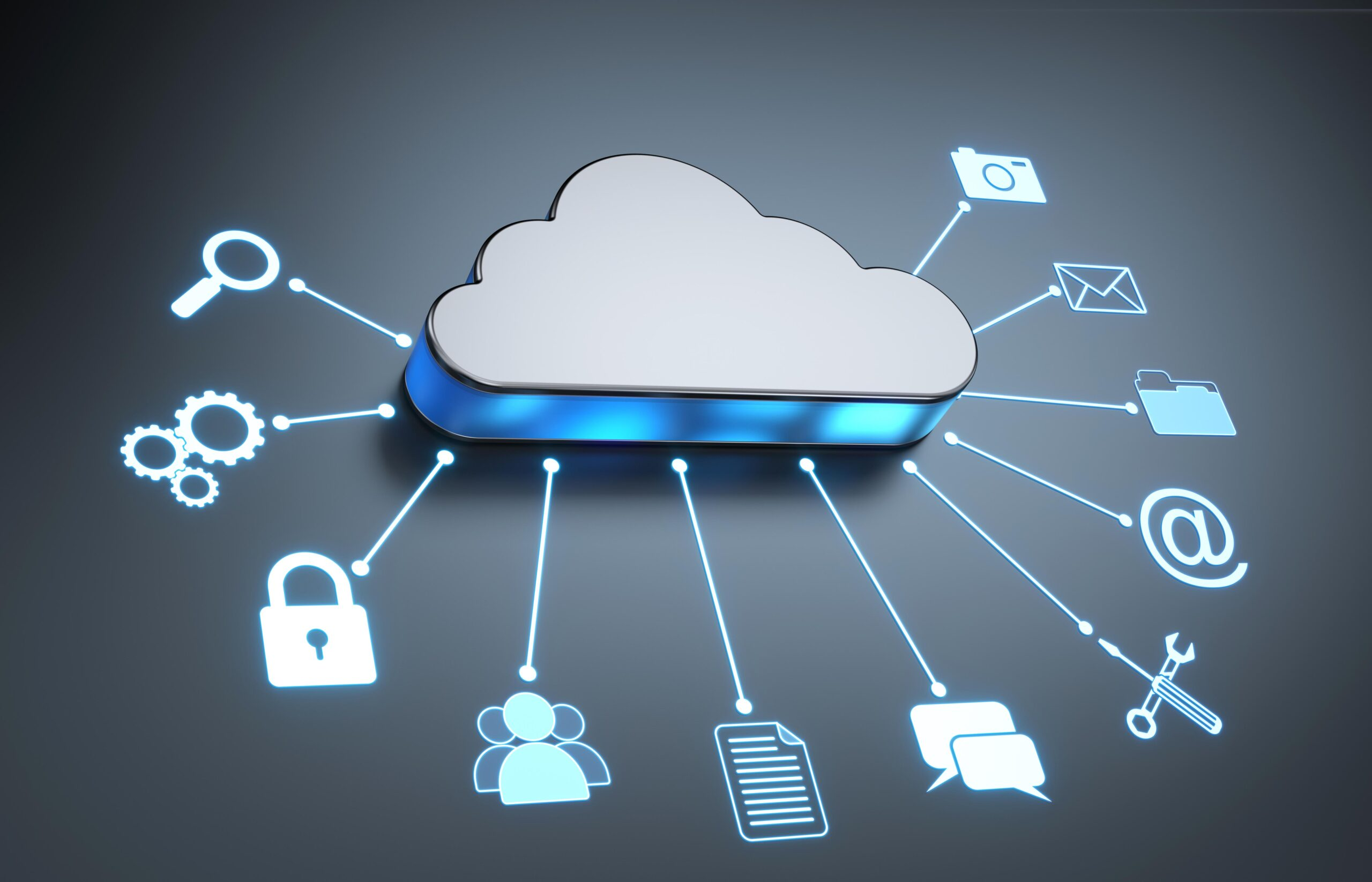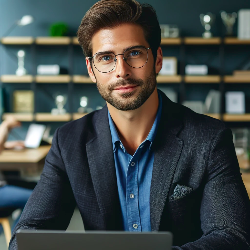
The emergence of cloud computing has revolutionized how businesses operate, providing scalable resources and unparalleled efficiency. However, this advancement has also led to new vulnerabilities, notably the theft of cloud credentials. These credentials, when compromised, become a hot commodity on the Dark Web, a hidden part of the internet.
- What are cloud credentials?
- The Dark Web marketplace
- The value of cloud credentials
- The impact of stolen cloud credentials
- Best practices for protecting cloud credentials
- Conclusion
What are cloud credentials?
Cloud credentials are the authentication methods used to verify the identity of users or systems that interact with cloud services. These credentials can include usernames and passwords, API keys, security tokens, and other forms of digital authentication. They are essential for accessing services provided by major cloud platforms such as Amazon Web Services (AWS), Microsoft Azure, and Google Cloud Platform (GCP).
The Dark Web marketplace

The Dark Web is part of the internet that is intentionally hidden from typical search engines and accessible only through specialized software like TOR, which anonymizes user activity. It is infamous for being a marketplace for various illegal goods, including drugs, weapons, and stolen data. Among the most sought-after data types are digital credentials, especially those related to cloud services.
Remarkably, according to IBM Security X-Force, stolen cloud credentials can be purchased for as little as the cost of a dozen doughnuts, estimated to be under $10. This startling comparison highlights not only the accessibility of stolen data but also the sheer volume of credentials available in illicit marketplaces. The low cost implies a high supply, driven by frequent and successful thefts.
Cybercriminals employ various tactics to steal cloud credentials, including malware attacks, spear phishing, social engineering, and brute force attacks. One prevalent method is via data breaches, where unauthorized hackers penetrate a company’s cloud network to extract sensitive data. These breaches often result from exploiting security weaknesses or leveraging stolen credentials to gain further access.
The value of cloud credentials

The dark web has become a bustling market for stolen credentials, with over 15 billion stolen credentials reportedly in circulation over the past three years. This surge in demand reflects the significant role that such information plays for cybercriminals. Stolen credentials grant access to a treasure trove of sensitive information.
- Access to valuable data. Many organizations store sensitive data on the cloud, such as personal information, financial records, and proprietary business data. Access to this data can be sold or leveraged for identity theft, financial fraud, or corporate espionage.
- Computational resources. Cloud credentials allow malicious actors to harness the computational resources of compromised cloud accounts to conduct activities like crypto-mining, launching Distributed Denial of Service (DDoS) attacks, or hosting illegal content—all without the direct cost to the attacker.
- Anonymity and misuse. Utilizing someone else’s cloud account can provide anonymity, making it difficult for law enforcement to trace illegal activities back to the perpetrator.
- Ransom and extortion. With control over cloud data and resources, cybercriminals can lock out legitimate users and demand ransom. Alternatively, they could threaten to leak sensitive data unless their demands are met.
Moreover, because many individuals and companies reuse passwords across multiple accounts and platforms, compromised credentials can provide criminals access to a broad range of a victim's personal and professional life. This cross-platform vulnerability enhances the long-term value of stolen credentials on the darknet, making them even more appealing to criminals.
The impact of stolen cloud credentials
The theft of cloud credentials can have devastating effects on businesses, governments, and individuals:
- Financial loss. The direct financial impact of stolen data, ransom payments, and the loss of operational capability can be substantial.
- Reputational damage. A security breach, particularly one involving sensitive customer data, can severely damage an organization’s reputation and erode customer trust.
- Regulatory and legal consequences. Data breaches often lead to significant legal and regulatory repercussions, including fines and sanctions from bodies like the GDPR in the EU.
Best practices for protecting cloud credentials

Given the high stakes involved, protecting cloud credentials is paramount. Here are several strategies organizations can adopt:
- Multi-factor Authentication (MFA). Implementing MFA can drastically reduce the risk of unauthorized access, providing an additional layer of security beyond traditional passwords.
- Regular security audits. Organizations should conduct frequent audits of their cloud environments to detect potential vulnerabilities and unauthorized access attempts.
- Employee training. Educating staff about the importance of cybersecurity practices, recognizing phishing attempts, and the dangers of password reuse is crucial.
- Use of advanced security tools. Deploying security solutions that monitor and manage credential access can help prevent unauthorized access and alert administrators to suspicious activity.
- Password management policies. Encouraging the use of strong, unique passwords and investing in a corporate-grade password management solution can help secure credentials effectively.
Conclusion
Understanding and managing cloud credentials is crucial for the security and efficiency of cloud computing. As cloud environments become more integral to organizational operations, the need for stringent credential management practices becomes more apparent. By adopting comprehensive security measures and maintaining awareness of potential threats, organizations can protect their cloud infrastructures from unauthorized access and ensure that their operations remain secure and compliant.




Comments 0